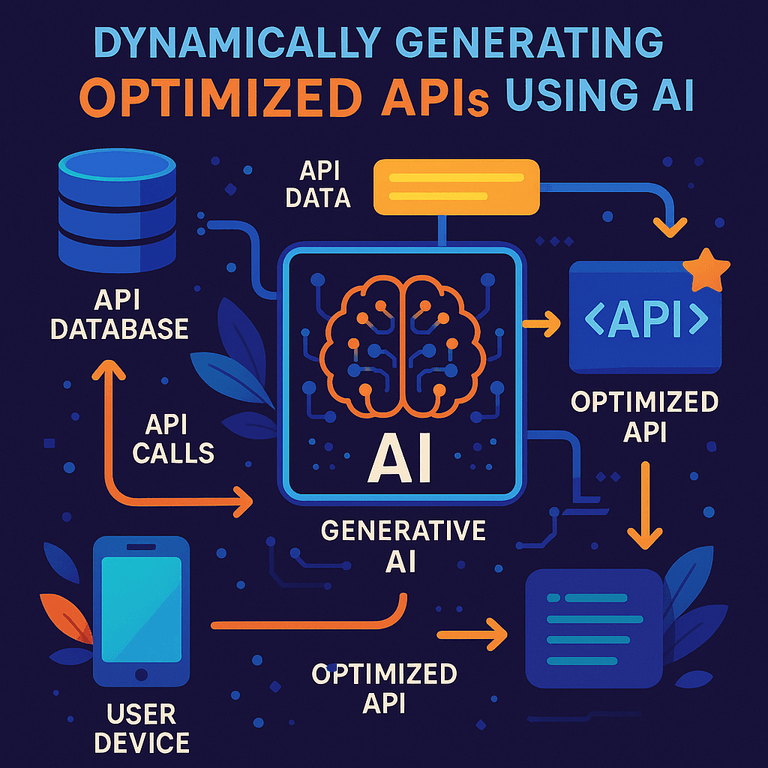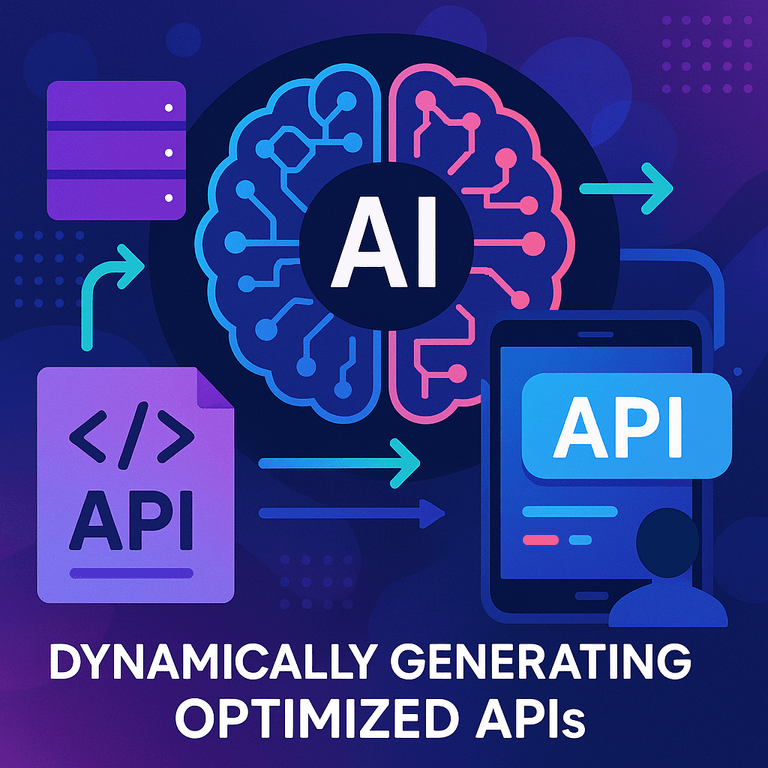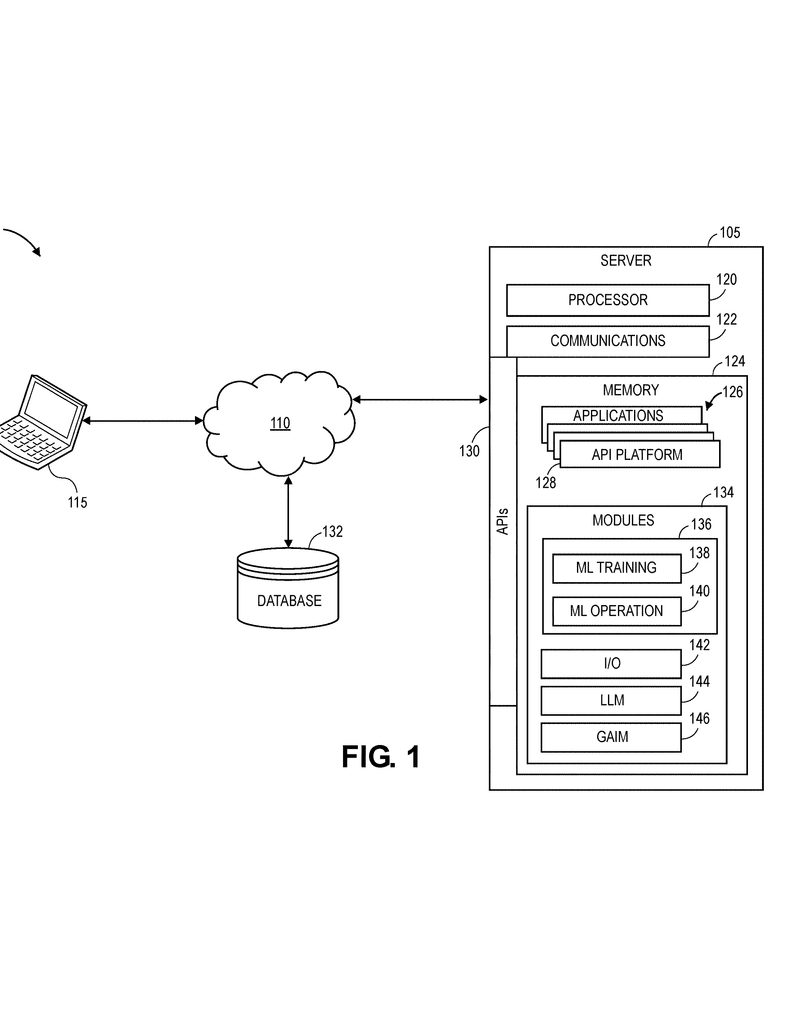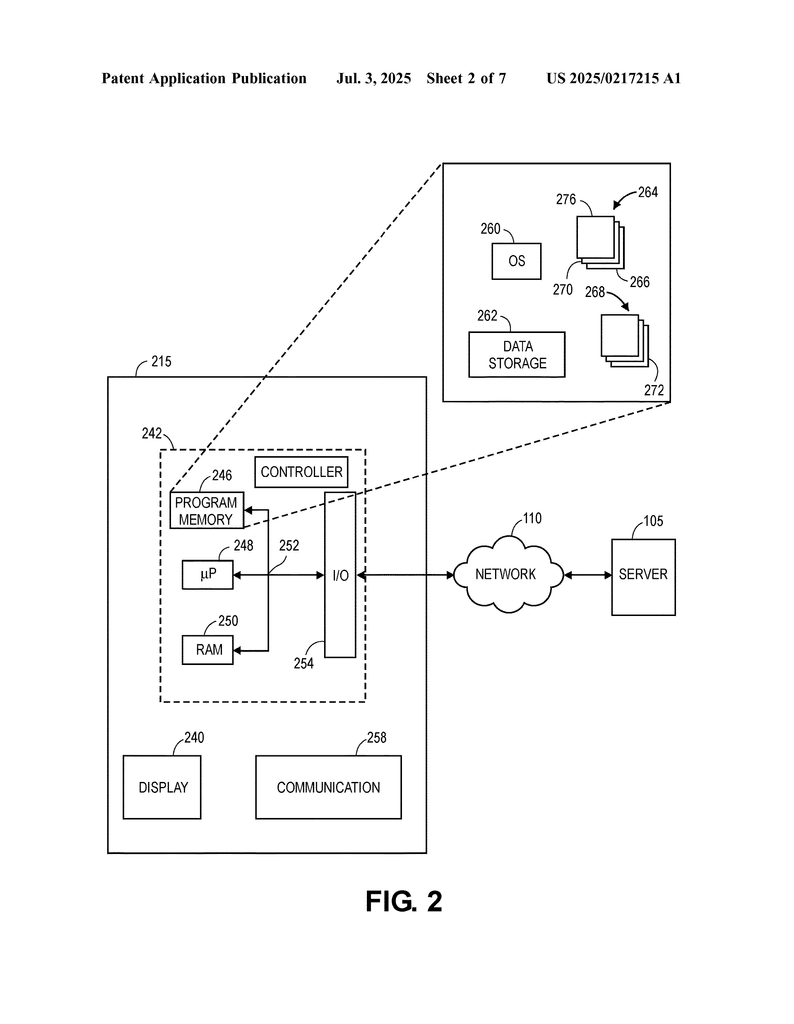Invented by Hursh; Daniel Ray, Narkier; Sheppard David
APIs are the backbone of today’s digital world, connecting apps, services, and devices. But building and updating APIs has always been slow, hard, and expensive. Now, new systems using artificial intelligence (AI) are changing everything. Let’s explore how this new patent application for dynamic AI-powered API generation works, what problems it solves, and why it matters for anyone building in the modern tech world.
Background and Market Context
APIs (Application Programming Interfaces) are like bridges between different software systems. Every time you use a weather app, share a picture, or shop online, APIs work in the background to move information from one place to another. As more companies move to the cloud and use many different services, the number of APIs has exploded.
But there’s a problem. Every API is different. Some use one set of rules, others use another. Even APIs from the same company can work in very different ways. This makes it hard for developers to build apps that bring together lots of services. It also slows down updates and makes it very tough to keep things working smoothly as needs change.
Today’s digital businesses need to be fast. They need to quickly connect new services, respond to changing customer needs, and fix problems before they cause outages. Old ways of managing APIs just can’t keep up. Companies spend lots of time and money building new APIs from scratch or trying to fix old ones, often running into confusion about how different APIs work or which one to use.
Imagine a company that wants to combine weather data, maps, and user profiles for a travel app. They might need to call three or more different APIs, each with their own rules. If they want to combine those into one smooth experience, they have to spend weeks (or months) writing new code, testing, and making sure everything is secure. If they make a mistake or miss a detail, users get errors or see wrong information.
That’s where AI-powered API generation comes in. The new patent application describes a system that uses AI to watch how APIs are used, learn what users need, and then create new, better APIs automatically. Instead of manual work and guesswork, this system lets businesses react fast, save money, and deliver better experiences for their users.
This is a game-changer for the world of software. It means companies can grow faster, fix problems quickly, and keep users happy without endless hours of coding or troubleshooting. As more companies rely on digital services, tools like this will be essential for staying ahead.
Scientific Rationale and Prior Art
Before this AI-powered approach, API management had several big problems. Let’s break down what was wrong and what others have tried in the past.
First, APIs are often built by hand. Developers look at what is needed, read lots of documents, write code, and then test again and again. This takes a long time. If something changes—maybe a new security rule or a new data format—the process starts over. Some tools try to help by letting developers reuse bits of old APIs, but this is still messy because every API might work a little differently.
Some companies have tried using templates or code generators to make APIs quicker. These tools can build simple APIs from a set of rules, but they don’t really understand how real users use APIs, and they don’t improve over time. They also can’t look at lots of different APIs and figure out the best way to combine them. So, developers still end up doing a lot of manual work, especially when things get complicated.
Another problem is that API usage changes. What works well today might not be good enough tomorrow. Maybe users start asking for more data, or maybe they stop using some features. Old tools can’t keep up with these changes because they don’t look at real usage or learn from it.
Security is another big issue. Each API might have its own way of handling data and keeping things safe. If developers make mistakes, private information can leak or hackers can get in. Old systems don’t check for these problems automatically.
Recently, AI and machine learning have started to change how software is built. In other areas—like image recognition, chatbots, and language translation—AI can look at lots of data, learn patterns, and get better over time. Some tools use AI to help write code or suggest fixes, but until now, there hasn’t been a complete system that uses AI to watch API usage, learn from it, and actually build new, optimized APIs on its own.
This patent application combines several new ideas:
– It watches real API traffic to see how users interact with APIs.
– It uses advanced AI models (like large language models and generative AI) to understand and learn from this data.
– It uses this knowledge to create new APIs that are tailored to what users actually do, not just what developers think they need.
– It can combine, simplify, or extend existing APIs, and it even tests the new APIs to make sure they work.
No other system has put all these pieces together in a single platform. While bits and pieces of this idea have appeared before (like AI-assisted code generation or analytics for API usage), this is the first time all these steps—watching, learning, generating, and testing—are done by one AI-driven system. This is a big leap forward and solves many of the biggest headaches in software building today.
Invention Description and Key Innovations
Let’s dive into how this new AI system for dynamic API generation actually works, and what makes it so smart and useful.
At its heart, the system is made of three main parts:
1. An API database that stores details about all the APIs available on a platform.
2. A generative AI model (like a large language model or GraphQL-based system) that has learned from lots of real-world data and can create new API designs.
3. Smart software instructions that tie everything together, watch for new API calls, and manage the whole process.
Here’s how it works, step by step:
First, the system collects a stream of API calls as users interact with different APIs on the platform. Every time a user’s device makes an API call (for example, to get weather data, look up a map, or save a user profile), this system takes note. It records what was asked, what data was sent, what came back, and how long it took.
Next, the system looks at all of this data and creates a clear picture of how each user (or group of users) really uses the APIs. It finds patterns—maybe users always call three APIs in a row, or maybe they keep having to fetch extra data because the original API doesn’t give enough. It also sees which APIs are slow, which ones return errors, and which are used most often.
This is where the AI comes in. The generative AI model, which has been trained on lots of past API data and usage patterns, takes all this information and starts to think: “How could I make this better?” If it sees that users make three calls every time to get certain results, it might suggest (and actually build) a new API that combines all three into one. If it sees that an API is missing a security check, it can add that in. If it notices that users are only using certain parts of an API, it can slim it down to just those features, making it faster and easier to use.
The AI can even use input from developers—like a wish list of features, security needs, or data formats—to guide the creation of new APIs. Maybe a developer uploads a sample screen or fills out a form saying what they want the API to do. The AI takes this as a hint and uses it to build an API that matches those needs exactly.
Once the new or improved API is ready, the system doesn’t just throw it out there. It tests it first, using real historical data to make sure it works as expected. If the new API passes all the tests (like being fast enough, secure, and giving the right data), the system puts it live on the platform. Now, users and developers can start using the improved API right away—no waiting, no manual coding, and no guesswork.
The system can even give developers the code for the new API if they want to use it in their own projects. This means faster turnaround times and a lot less back-and-forth between teams.
Some key innovations that make this system stand out:
– The AI isn’t just repeating what it’s seen before. It can truly create new combinations, add missing features, and remove waste. It learns from both old data (how APIs have been used) and new needs (what users or developers want).
– The system uses smart models like large language models and GraphQL, which means it can handle many kinds of APIs, data formats, and programming languages.
– It tests every new or changed API before it goes live, reducing risk and catching errors early.
– It can work in the background, quietly making improvements without needing constant direction from developers. Or, if developers want more control, it can take their input and build APIs to exact specs.
– It reduces the number of APIs a company needs to manage by combining or slimming down old ones, saving memory and making things simpler.
– By watching real-world usage, it stays up to date with what users and apps actually do—not just what was planned in a meeting.
Let’s use a simple example to show how this might look:
A travel app needs to show users the weather, a map, and their profile info. Right now, it has to call three different APIs. The AI-powered system watches this pattern and sees that every time a user opens the app, all three calls happen together. It suggests (and then builds) a new API that, in one call, gives all the needed data. It checks that the data is secure and up to date, tests it, and then puts it live. The app now runs faster, users are happier, and the company saves time and money.
This same approach can be used for all kinds of apps—banking, shopping, social media, and more. Over time, the AI keeps learning, making smarter APIs each time, and responding quickly when things change.
By connecting smart data analysis, powerful AI, and automated testing, this system changes the way APIs are built and managed. It turns a slow, manual process into something quick, smart, and always improving.
Conclusion
The world of software is moving faster than ever. APIs are at the center of every modern app and service, but old ways of building and managing them just can’t keep up. This new AI-powered system, as described in the patent application, offers a smarter, faster, and safer way to create and improve APIs. It listens to real users, learns from real data, and builds better APIs without endless manual work.
For businesses, this means quicker updates, happier users, and lower costs. For developers, it means less time spent on boring or repetitive work and more time building new things. And for end users, it means better, faster, and safer apps every day.
As more companies adopt these AI-powered tools, expect the digital world to become even more connected, flexible, and easy to use. If you build, manage, or use APIs, now is the time to start learning how AI can help you stay ahead. The future of API development is here—and it’s smarter, faster, and more dynamic than ever before.
Click here https://ppubs.uspto.gov/pubwebapp/ and search 20250217215.




